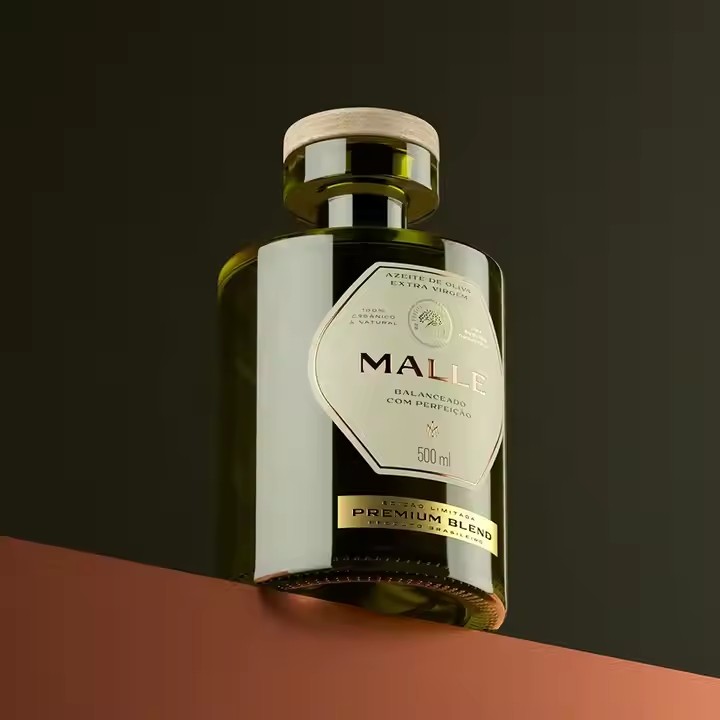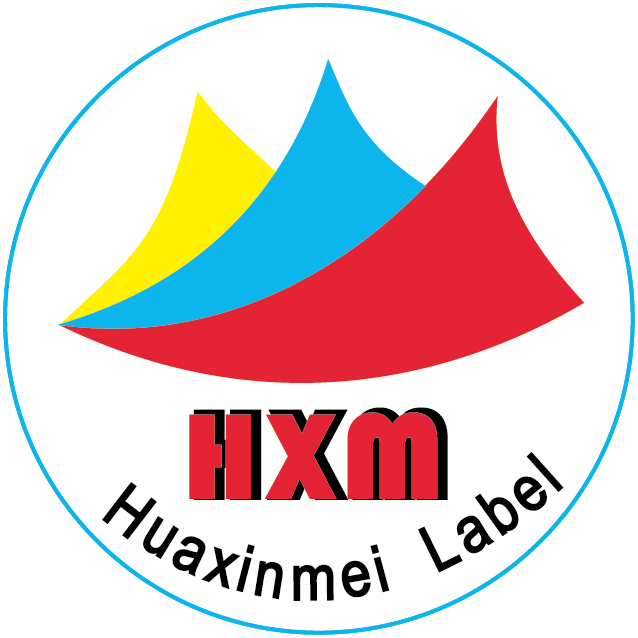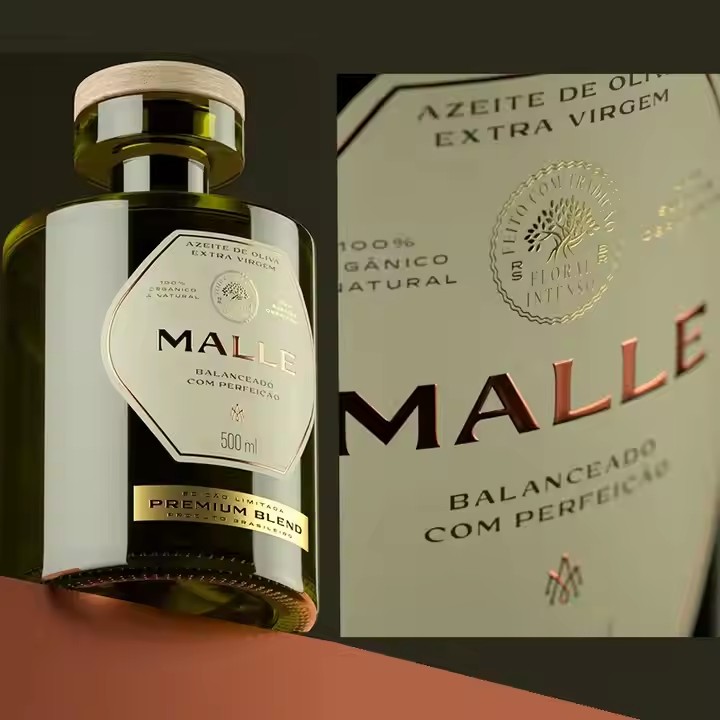I. Clarifying the Requirements
Determine the Purpose
First, consider the occasion for which the gift box will be used. If it’s for business gifts, it generally requires a high-end, elegant design, with a style that is more formal and professional. On the other hand, if it’s for a private occasion like a wedding, the style may be warmer and more romantic, with design elements revolving around the wedding theme, such as the couple’s photos or wedding logo. It’s important to determine the specific use of the gift box. For example, some gift boxes are designed for candies and cookies, while others are for luxury items. Important gift-giving occasions, such as the Qixi Festival, the New Year, or significant anniversaries, all require different designs and purposes for the gift boxes.
Based on the customer’s needs or if the customer does not have a specific design plan, the manufacturer can provide suitable design options. Thoughtful service is the key to success. Customers will appreciate a company’s effort in designing the gift box for their product, creating a good impression and strengthening cooperation.
For example, if a company is celebrating its anniversary and wants to give a gift box to a business partner, the box design should reflect the company’s brand image and the celebratory atmosphere, possibly with the company logo or anniversary symbols. The contents of the gift box should also be carefully considered. For instance, if it holds shirts printed with the company’s logo and other items, the box size should be designed to fit the contents properly—neither too large nor too small. The gift box should suit the size of the items it holds.
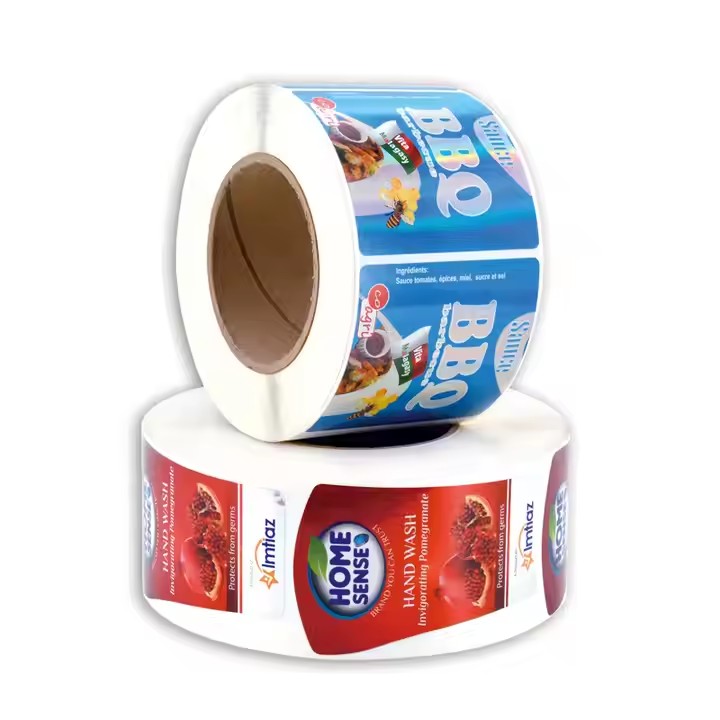
Determine the Size
The size of the gift box should be based on the items it will hold. Precise measurements of the length, width, and height of the gift should be taken, and extra space should be reserved for filling material to prevent damage during transportation or handling. The box should have adequate internal space to avoid crushing the contents.
For example, if a wine bottle is to be placed in the box, and the bottle is 30 cm tall with an 8 cm diameter, the box should be at least 8 cm in width and 32-35 cm in height to accommodate the bottle along with some protective filling, such as foam or raffia grass. For glass bottles, the design needs to be more careful—if the box is too large, it wastes material; if it’s too small, the bottle won’t fit, and the batch of boxes will have to be discarded.
Determine the Budget
The budget will influence various aspects of the gift box, including material selection, production techniques, and printing costs. If the budget is limited, more basic materials and simpler manufacturing techniques may be chosen. If the budget is more generous, higher-end materials and more complex craftsmanship can be considered. Early in the custom design process, it is important to establish a budget to avoid unnecessary financial waste.
For example, with a lower budget, cardboard might be chosen as the primary material with simple offset printing; with a higher budget, wooden materials could be used, incorporating advanced techniques like engraving or hot stamping. A higher budget allows for more sophisticated techniques, such as silver stamping or laser cutting, to enhance the premium feel and overall appearance of the product.
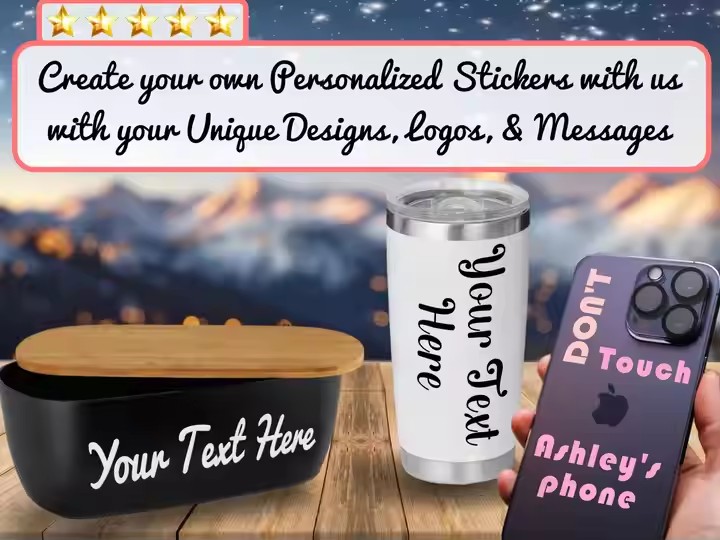
II. Design Stage
Appearance Design
This includes the shape, color, and patterns. The shape can be conventional, such as square or round, or more creative, like heart-shaped or animal-shaped. The color should reflect the purpose and brand image; for example, a technology company might choose cool tones like blue or silver, while a food gift box might use warm colors like red or orange to stimulate the appetite.
As for the patterns, they could be simple geometric shapes, abstract designs, or realistic depictions, such as product images or nature scenes. For instance, a tea gift box could be designed in the shape of an ancient bamboo tube, using deep green and light yellow colors, with patterns of traditional tea-picking scenes.
Structural Design
The opening mechanism of the box should be considered, such as a flip-top, drawer-style, or top-and-bottom lid. The internal structure should also be designed to separate and secure the gifts, ensuring their stability and integrity.
For example, a beauty product gift box might adopt a multi-layered drawer structure, with the top layer for smaller items like lipsticks and the bottom layer for larger items like eyeshadow palettes and powder compacts. Each drawer would have dividers to prevent the products from colliding.
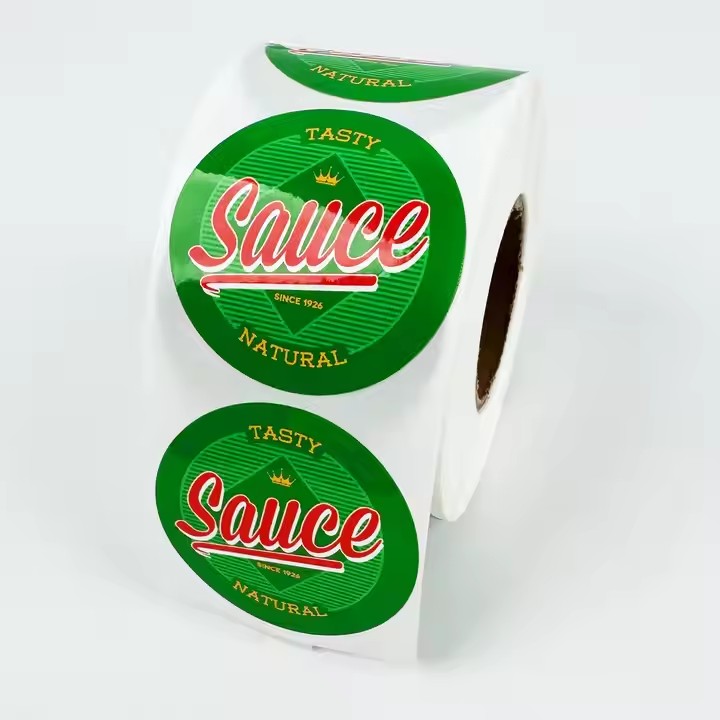
III. Selecting Materials
Outer Materials
Choose suitable materials based on the design and budget. Common materials include cardboard, corrugated paper, wood, plastic, and leather. Cardboard is lightweight and relatively inexpensive, suitable for simple gift boxes; corrugated paper offers good cushioning properties and is commonly used for gift boxes requiring more protection; wooden materials are high-quality but more expensive.
For example, a small jewelry gift box might be made with a leather-covered cardboard outer shell for a refined, upscale look, while for bulk promotional gift boxes, corrugated paper would be a more cost-effective choice.
Inner Materials
These materials are used to protect and support the items inside. Options include foam, bubble wrap, pearl cotton, satin, and raffia grass. Foam and bubble wrap offer excellent cushioning, pearl cotton is soft and highly customizable, satin is smooth and luxurious, and raffia grass creates a natural, warm atmosphere.
For example, in a gift box designed to hold glass crafts, the interior could be lined with custom-shaped pearl cotton to tightly wrap the items and prevent breakage.
